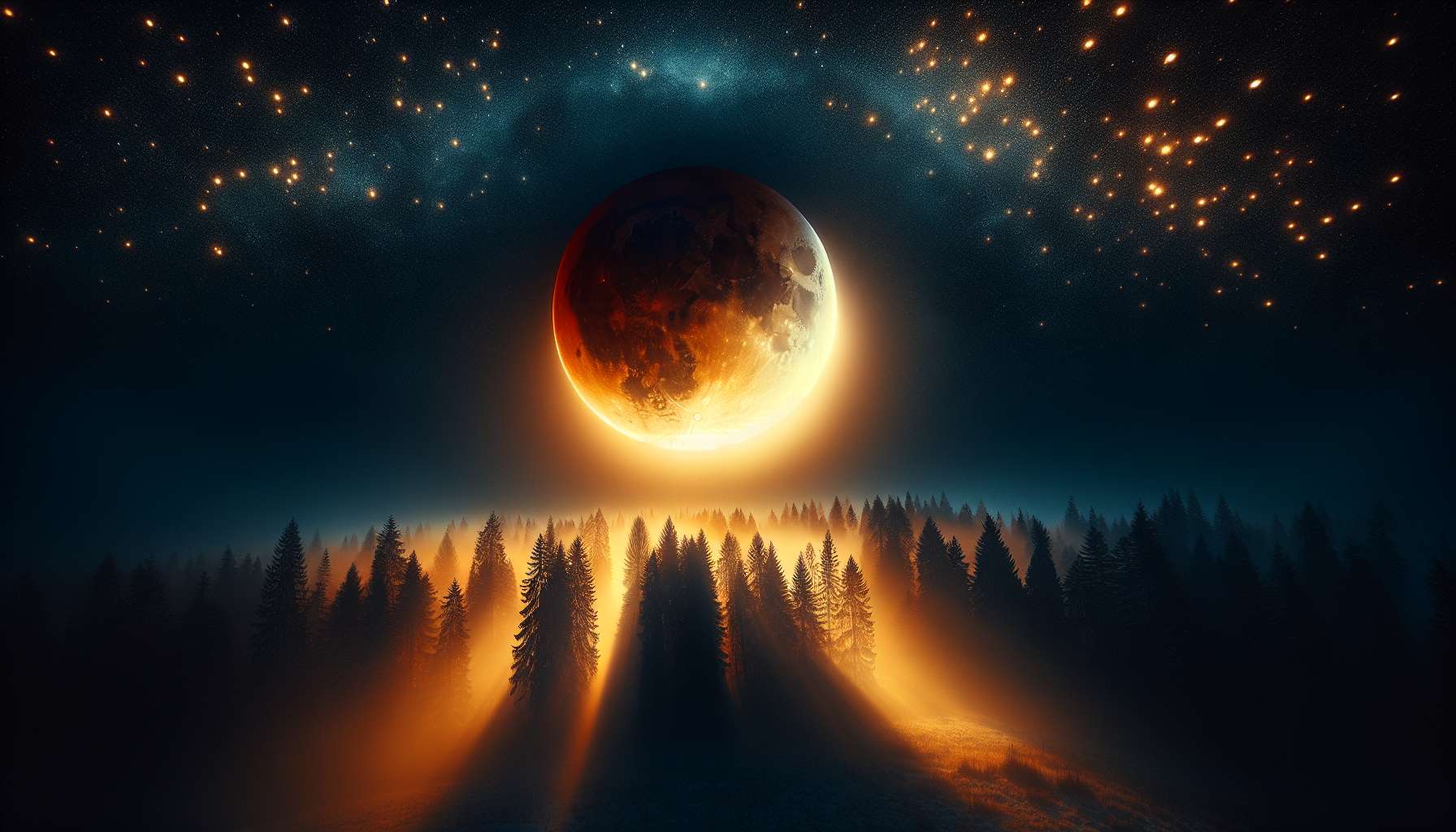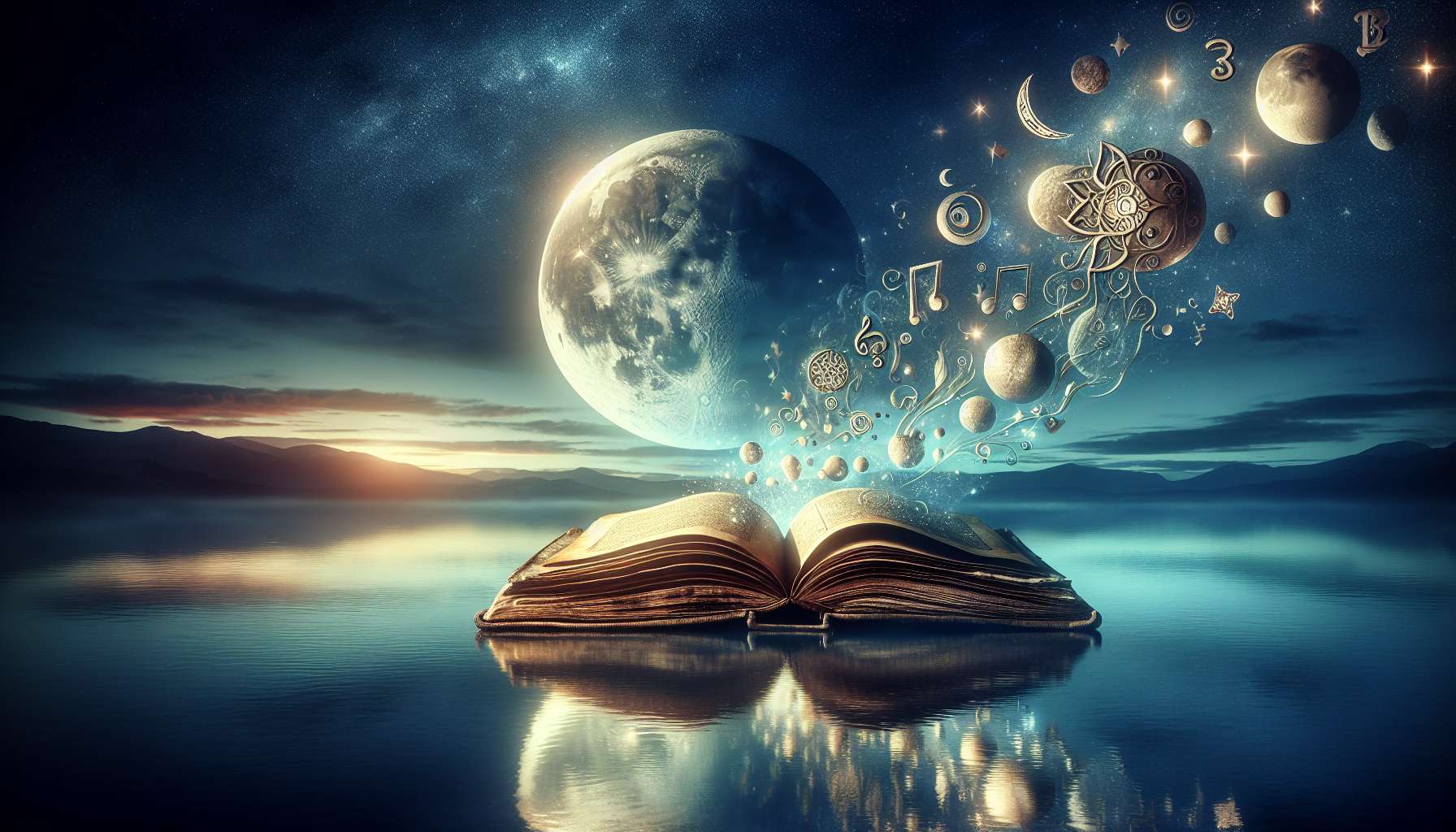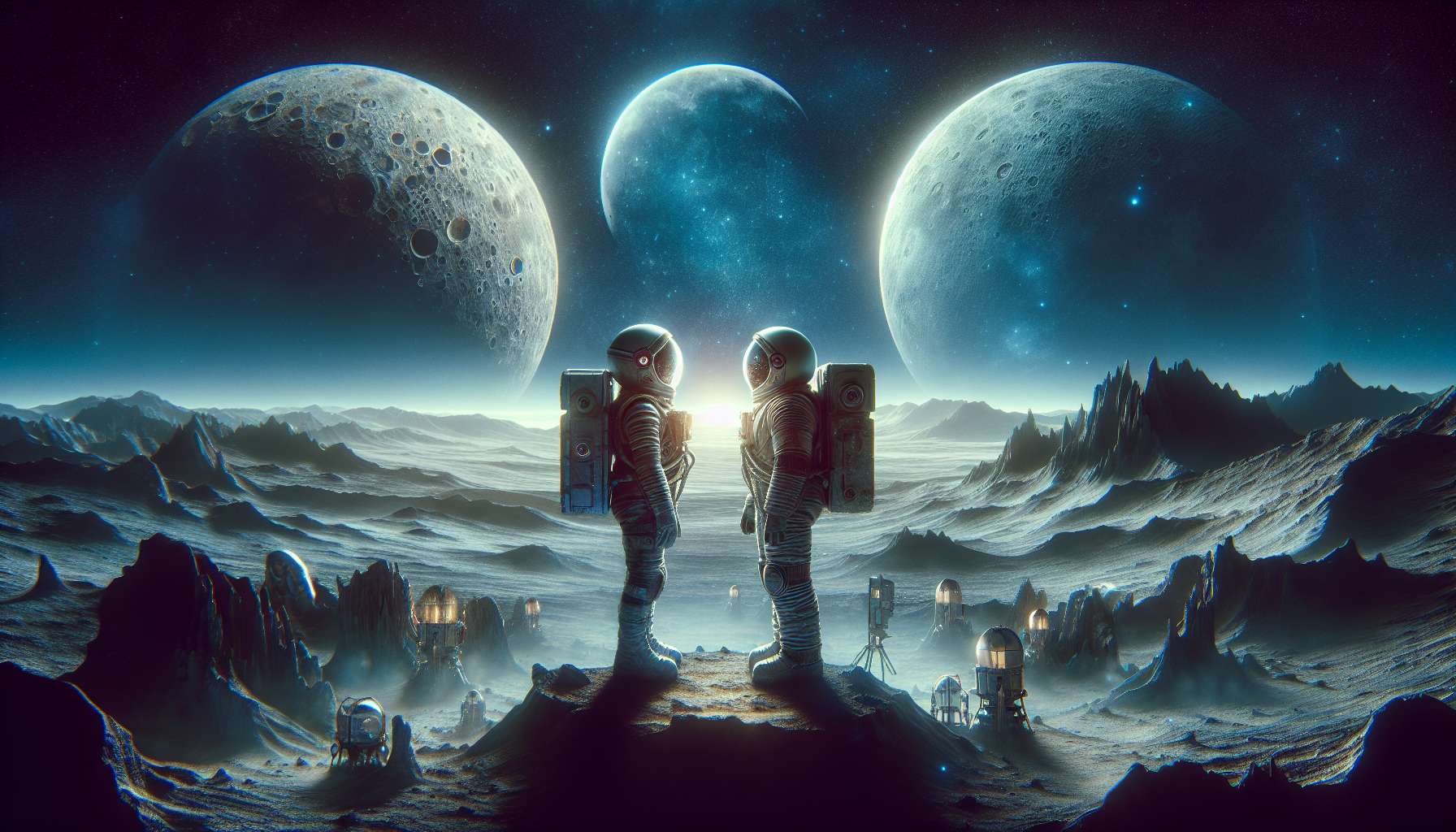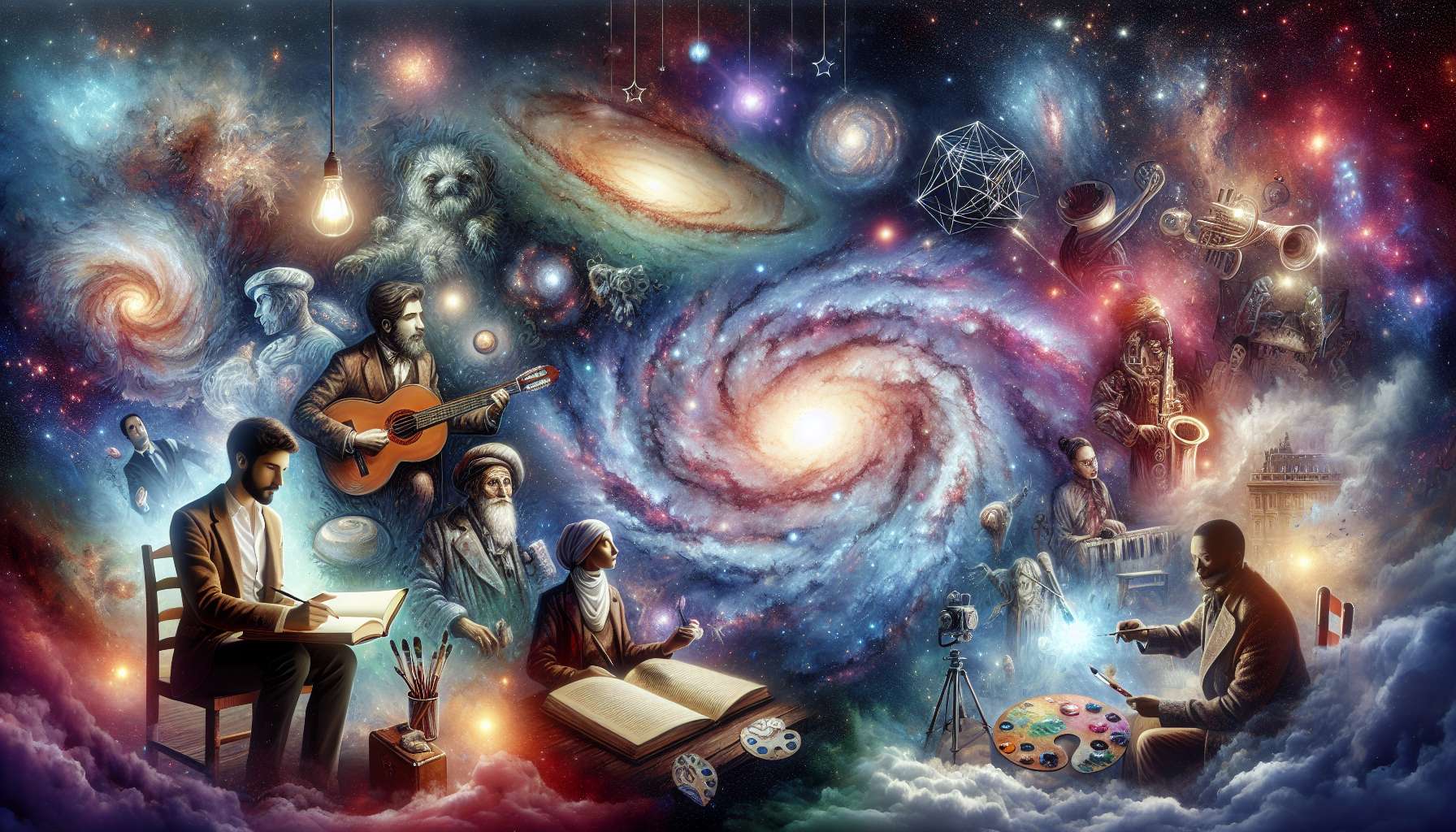Lunar Eclipse Moments: Exploring the Mysteries of the Celestial Phenomenon
As the Earth, Moon, and Sun align in a mesmerizing cosmic dance, creating a celestial spectacle that has captivated humanity for centuries, we are drawn into the enigmatic world of lunar eclipse moments. From ancient civilizations’ myths and legends to modern scientific research and technological advancements, the phenomenon of a lunar eclipse continues to intrigue and inspire us. In this comprehensive exploration, we delve into the various facets of lunar eclipse moments, uncovering the mysteries, significance, and beauty behind this awe-inspiring event.
The Science Behind Lunar Eclipses
At the heart of a lunar eclipse lies the intricate interplay of celestial bodies – the Earth, Moon, and Sun. When the Earth comes between the Sun and the Moon, casting a shadow on the lunar surface, a lunar eclipse occurs. This phenomenon can manifest in different forms – a total lunar eclipse, where the Moon is fully engulfed in the Earth’s shadow, a partial lunar eclipse, where only a portion of the Moon is obscured, or a penumbral eclipse, where the Moon passes through the Earth’s outer shadow.
During a total lunar eclipse, the Moon takes on a mesmerizing red hue, earning it the moniker ‘blood moon’. This striking visual effect is caused by the Earth’s atmosphere filtering out shorter wavelengths of light, such as blue and green, while allowing longer wavelengths, like red and orange, to pass through and illuminate the Moon. The resulting spectacle is a breathtaking display of nature’s artistry, captivating observers around the world.
Historical and Cultural Significance

Throughout history, lunar eclipses have held profound cultural and spiritual significance for various civilizations. In ancient times, these celestial events were often interpreted as omens or portents of change, with myths and legends weaving tales around the mysterious disappearance of the Moon. In some cultures, lunar eclipses were seen as a time of reflection, renewal, and transformation, marking a symbolic rebirth of the lunar cycle.
One of the most famous historical accounts of a lunar eclipse is the Battle of Gaugamela in 331 BC, where the Greek historian Plutarch described how Alexander the Great used his knowledge of an upcoming lunar eclipse to gain an advantage over his Persian foes. By predicting the eclipse and using it to his advantage, Alexander achieved a decisive victory, solidifying his place in history as one of the greatest military strategists of all time.
The Modern Exploration of Lunar Eclipses
With advancements in technology and space exploration, scientists and researchers have been able to study lunar eclipses in greater detail, unraveling the mysteries of these celestial phenomena. From satellite imagery capturing the Earth’s shadow as it sweeps across the lunar surface to spectroscopic analysis of the Moon’s composition during an eclipse, modern science has provided invaluable insights into the dynamics of lunar eclipses.
Notably, the advent of space missions and lunar rovers has enabled scientists to observe lunar eclipses from unique vantage points, shedding light on the intricate interactions between the Earth, Moon, and Sun. These observations have deepened our understanding of the Moon’s geology, atmosphere, and magnetic fields, paving the way for future explorations and discoveries.
The Impact of Lunar Eclipses on Earth and Space Exploration
While lunar eclipses are primarily a visual spectacle for viewers on Earth, they also have significant scientific implications for space exploration and research. By studying the effects of lunar eclipses on the Moon’s surface temperature, magnetic field, and atmospheric composition, scientists can gain valuable insights into the Moon’s geophysical processes and evolution over time.
Moreover, lunar eclipses serve as a valuable opportunity for astronomers and researchers to study the Earth’s atmosphere and climate. By analyzing the changes in light and temperature during a lunar eclipse, scientists can gather data on atmospheric phenomena such as air pollution, ozone depletion, and global warming, contributing to our understanding of Earth’s environmental dynamics.
The Cultural and Artistic Influence of Lunar Eclipses

Beyond their scientific importance, lunar eclipses have also left a lasting impact on human culture, art, and literature. From ancient cave paintings depicting lunar eclipses to modern-day photographs capturing the ethereal beauty of a blood moon, artists and creators have drawn inspiration from these celestial events to create stunning works of art.
Furthermore, lunar eclipses have inspired poets, writers, and storytellers to craft narratives that explore themes of mystery, transformation, and renewal. By weaving the magic of a lunar eclipse into their works, these artists have invited audiences to contemplate the profound connection between the natural world and the human experience, fostering a sense of wonder and awe that transcends time and space.
Future Prospects and Challenges in Lunar Eclipse Research
As we look to the future, the study of lunar eclipses continues to hold great promise for scientific discovery and exploration. With advancements in technology such as space telescopes, lunar probes, and artificial intelligence, researchers are poised to unlock new insights into the dynamics of lunar eclipses, unraveling the mysteries of the Moon’s shadow and its impact on Earth’s environment.
However, the field of lunar eclipse research also faces challenges such as funding constraints, technological limitations, and environmental factors that can impact observations and data collection. By addressing these challenges through collaboration, innovation, and interdisciplinary research, scientists can overcome barriers and push the boundaries of knowledge in the study of lunar eclipses.
Expert Opinions: Insights from Astronomers and Researchers

According to Dr. Sarah Johnson, a renowned astronomer specializing in lunar phenomena, “Lunar eclipses represent a unique opportunity to study the interactions between celestial bodies and their effects on the Earth-Moon system. By harnessing the power of technology and collaboration, we can unlock the secrets of lunar eclipses and deepen our understanding of the cosmos.”
Dr. Michael Chang, a leading researcher in lunar geology, adds, “Lunar eclipses offer a window into the past, allowing us to glimpse the history of the Moon and its evolution over billions of years. By analyzing the data collected during eclipses, we can reconstruct the geological processes that have shaped the lunar landscape and unravel the mysteries of our celestial neighbor.”
Common Misconceptions About Lunar Eclipses
Despite their widespread popularity and cultural significance, lunar eclipses are often surrounded by misconceptions and myths that can cloud our understanding of these celestial events. One common misconception is that lunar eclipses are rare occurrences, when in fact they occur multiple times a year and can be observed from various regions of the world.
Another misconception is that lunar eclipses have a harmful or negative impact on human health or the environment, which is unfounded. Lunar eclipses are natural phenomena that pose no threat to life on Earth and are safe to observe with the naked eye, making them accessible and awe-inspiring events for people of all ages.
Conclusion: Embracing the Magic of Lunar Eclipse Moments
As we navigate the vast expanse of the cosmos and gaze up at the night sky, let us be reminded of the beauty and wonder of lunar eclipse moments. From ancient myths and legends to modern scientific discoveries, lunar eclipses continue to captivate us with their mystery, majesty, and significance in the celestial realm.
By embracing the magic of lunar eclipse moments and delving into the depths of their scientific, cultural, and artistic significance, we can enrich our understanding of the cosmos and our place within it. Let us marvel at the dance of the Earth, Moon, and Sun, as they converge in a celestial spectacle that transcends time and space, uniting humanity in a shared sense of awe and wonder.
To wrap things up, let us embrace the transformative power of lunar eclipses and celebrate the profound connections that bind us to the stars, the Moon, and the universe at large. May the magic of lunar eclipse moments continue to inspire us, illuminate our path, and remind us of the eternal beauty and mystery that surrounds us in the cosmos.




